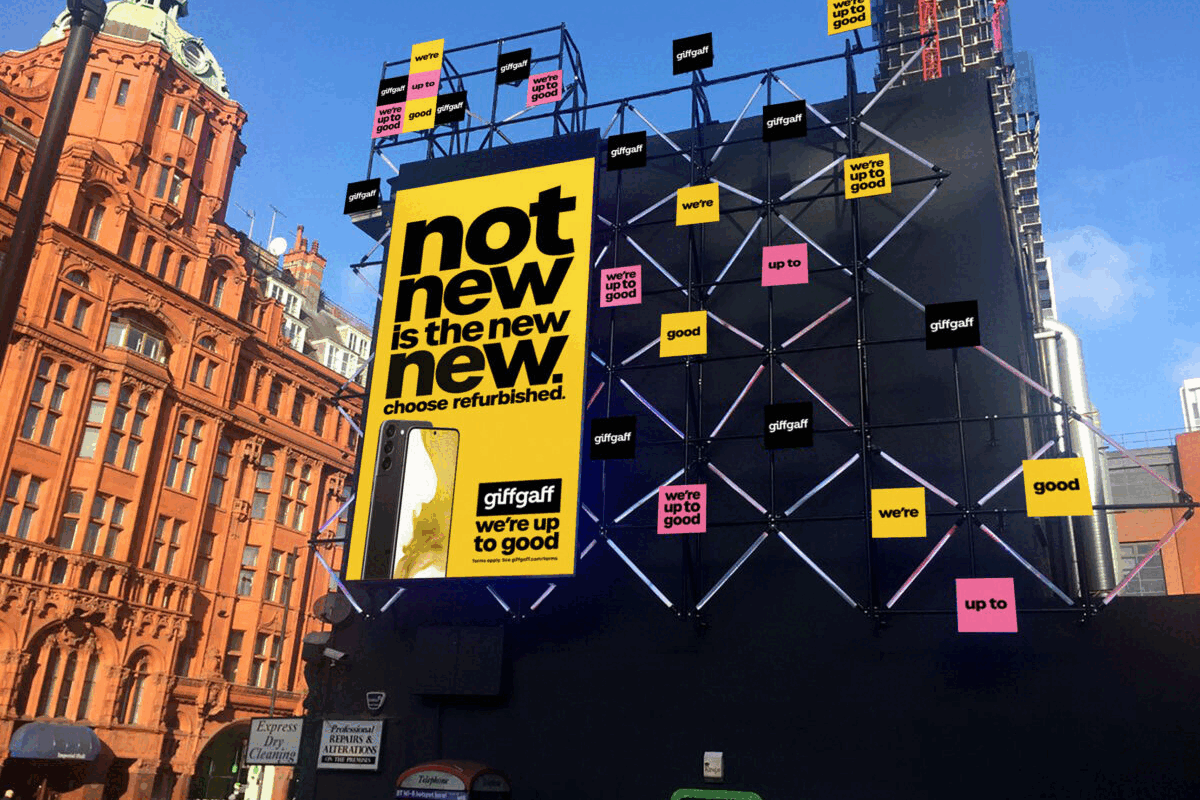Google tightens political advertising policies
- Thursday, November 21st, 2019
- Share this article:

Google has decided that, rather than banning all political advertising, it will place restrictions on what political advertisers are able to do, make its policies clearer, and increase transparency.
Now, political advertisers will only be able to target people based on their age, gender, and location, meaning people will no longer be targeted based on their assumed political leaning across search, YouTube, and display. Advertisers will, however, still be able to target people contextually.
The new approach, which will also prevent advertisers from matching their own voter databases to Google’s user base, will be enforced in the UK ahead of the General Election on 12 December. It will then be rolled out across the EU by the end of the year and start rolling out to the rest of the world from 6 January 2020.
Google is also adding clarity to its policies, adding examples of how it prohibits things like ‘deep fakes’, misleading claims about the election process, and ads which would possibly give members of the electorate a sense that their participation is not required. Of course, this differs greatly to Facebook’s stance of not fact-checking political ads at all.
Finally, Google is expanding its election advertising transparency to include US state-level candidates and officeholders, ballot measures, and ads that mention federal or state political parties, making all of those ads searchable and viewable from 3 December. Previously, Google only offered transparency around federal election ads in the US.
Though Google has taken more steps than Facebook to limit the impact of online platforms on politics, it still hasn’t gone quite as far as banning paid political advertising entirely like Twitter and TikTok.















